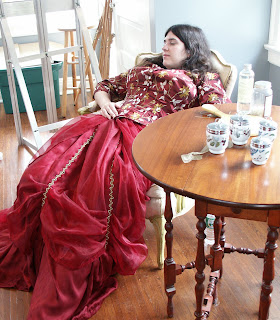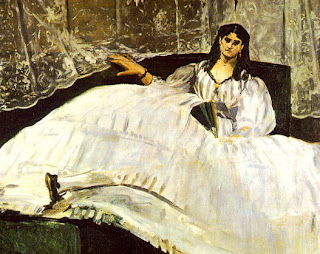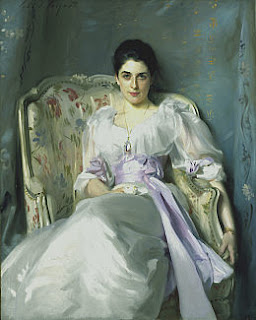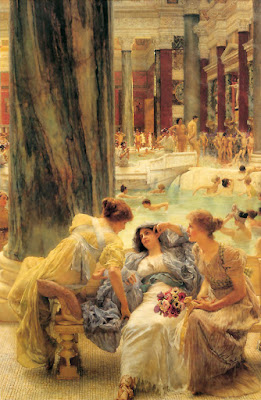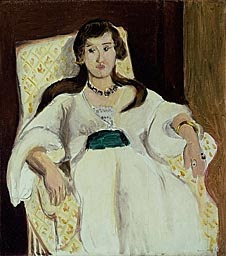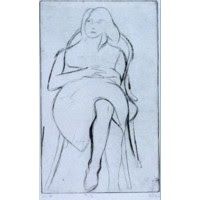Where do you fall in each of these scales? Where do you want to be?
 |
|
The Calling of Saint Matthew, 1599–1600, by Caravaggio, courtesy Contarelli Chapel, Rome. This model of Baroque painting has an open structure, lighting unity and relative clarity. |
I have written about painterliness here, and here. It’s an important concept in contemporary art that was first coined by the art historian Heinrich Wölfflin. He was trying to create an objective system for classifying styles of art in an age of raging Expressionism.
Wölfflin was primarily concerned with the stylistic changes from the Classical to Baroque periods, but he was the first art historian to analyze paintings based on their internal, intrinsic values rather than just their place in social history. It’s too bad that his writing is so ponderous, because his pairs are useful tools for us to analyze our own work. Where do you fall in each of these scales? Where do you want to be? Remember, there’s no right or wrong answer, because each of these ideas has gone in and out of style many times in the history of painting.
 |
|
Portrait of a Young Man with a Book, c 1540, Bronzino, courtesy Metropolitan Museum of Art, is a linear, rather than painterly, painting. That doesn’t make it any less brilliant. |
Linearity vs. painterliness:
Linear paintings have clearly defined, distinct shapes. Painterly paintings blur edges and forms to create a more unified surface.
 |
|
La danse (first version), 1909, Henri Matisse, courtesy of MoMA, is a single-plane painting. |
This is the contrast between a painting that operates with a simple foreground-background (like Mona Lisa, for example) and one with multiple planes coming together to create a form.
 |
|
Nymphs and Satyr, 1873, William-Adolphe Bouguereau, courtesy Clark Art Institute, is a multiple-plane painting of the same subject. |
Closed vs. open:
Closed paintings are constructed using a structure of horizontal and vertical lines that contain them within the frame. Open paintings use diagonals, giving the feeling that there is an image continuing beyond the frame.
Multiplicity and unity:
Before the Baroque, paintings focused on detail. Individual items stood out independently, giving a sense of multiplicity. A united painting focuses on the whole and gives the sense of flow and motion. Unified light is a key element in making this possible.
Absolute vs. relative clarity:
In absolute paintings, the viewer can see everything that’s happening in the painting, and the subject is usually front-and-center. The light is even. In a relative structure, deep shadows draw and define our focus, which is unified across the whole painting.
Note: I have one opening in my Monday night class starting March 1. Additional information is here. If you’re interested, please let me know.


